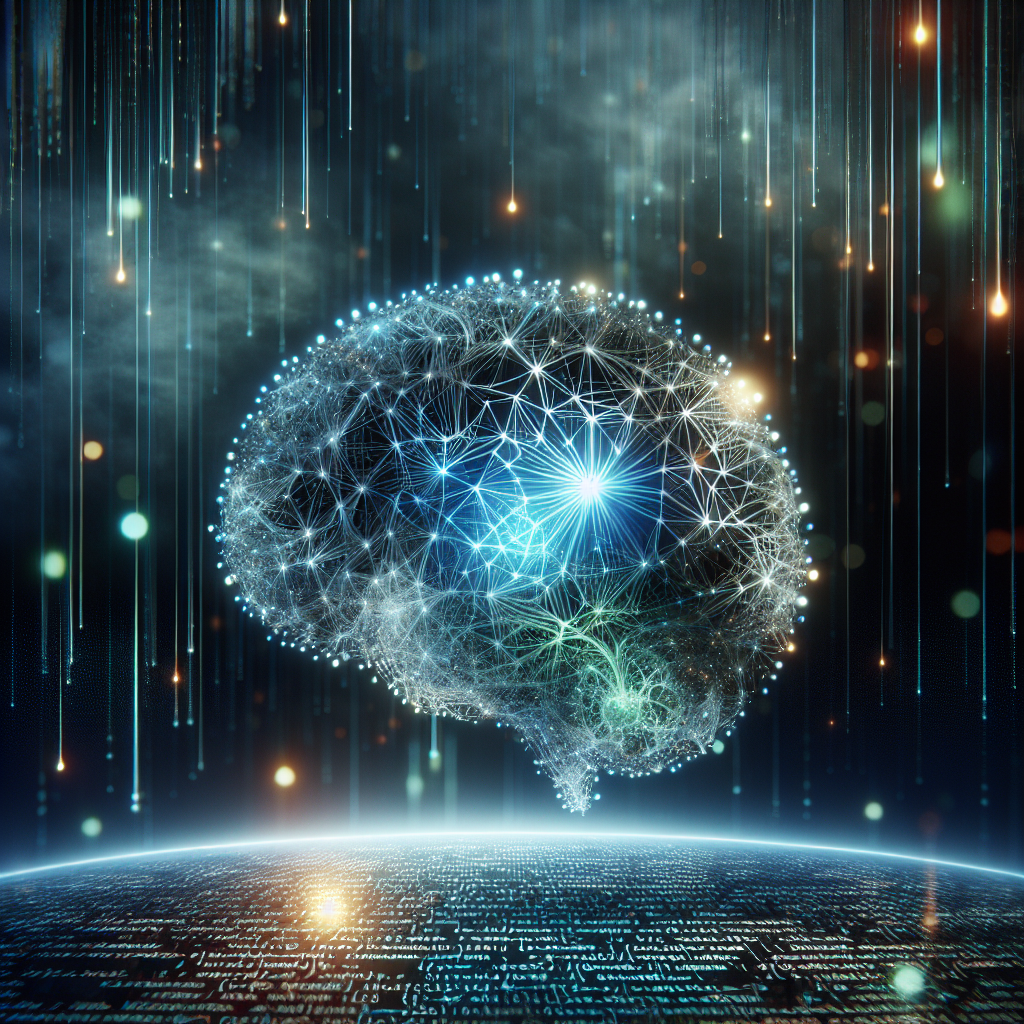Integrating Generative AI into Software Development

Revolutionizing Software Engineering with Generative AI
In today’s fast-paced tech landscape, Generative AI is transforming software engineering, offering developers innovative tools to enhance productivity and quality. This blog explores how generative AI aids in automated code generation, debugging, and streamlined development processes, driving innovation at companies like GitHub, Microsoft Research, and OpenAI.
What is Generative AI for Software Engineering?
Generative AI refers to advanced algorithms designed to produce code snippets, documentation, or entire software modules based on input criteria. These Artificial Intelligence models assist developers by generating code snippets and debugging suggestions, trained on extensive datasets to understand various programming languages and paradigms. The use of generative AI in programming accelerates innovation and enhances software quality.
Automated Code Generation
Automated code generation is a cornerstone feature of generative AI for software engineering. By leveraging generative models trained on vast codebases, developers can swiftly produce boilerplate code or even complex functions with minimal input. This capability significantly reduces development time by automating routine tasks such as:
- Generating standard algorithms and templates.
- Creating code snippets based on high-level requirements.
Leading organizations like GitHub are at the forefront of integrating these tools to streamline workflows, making coding more efficient and less error-prone. For example, GitHub Copilot is a popular tool that uses generative AI to suggest code completions as developers type, enhancing productivity by reducing the need for manual coding of common patterns.
Streamlined Development Processes
Generative AI plays a pivotal role in streamlining development processes by automating repetitive tasks and offering intelligent suggestions. This not only speeds up project timelines but also allows developers to focus on higher-level problem-solving and innovation. Key benefits include:
- Increased Productivity: Developers spend less time on mundane coding tasks.
- Improved Code Quality: AI-generated code often adheres to best practices, reducing errors.
By enhancing the efficiency of development processes, generative AI empowers teams to deliver software solutions faster and with greater reliability. For instance, Microsoft Research has developed tools that integrate seamlessly into IDEs (Integrated Development Environments), providing real-time assistance and improving developer workflows.
The Power of Generative AI in Debugging
Beyond automated code generation, generative AI excels in debugging by providing insightful suggestions and identifying potential issues. This capability is crucial for maintaining high software quality and reducing time spent on troubleshooting:
- Error Detection: AI models can pinpoint errors or inefficiencies in code.
- Debugging Suggestions: Offer recommendations to resolve identified issues.
Entities like Microsoft Research are pioneering advancements in this area, ensuring that developers have access to cutting-edge tools for efficient debugging. For example, generative AI systems can analyze patterns in historical bug data to predict and prevent similar issues in new codebases.
Case Study: OpenAI Codex
OpenAI’s Codex is a prime example of how generative AI can transform debugging processes. Codex can read natural language prompts and generate corresponding code snippets, making it easier for developers to express their intentions without getting bogged down by syntax errors or logical mistakes. This tool has been instrumental in projects where rapid prototyping and iterative testing are crucial.
Challenges and Best Practices
While the integration of generative AI into software engineering offers numerous benefits, it also presents challenges that must be addressed:
Data Quality and Diversity
The effectiveness of generative AI models hinges on the quality and diversity of their training data. Ensuring comprehensive datasets helps mitigate biases and enhances model accuracy. Developers should curate diverse datasets that represent various coding styles and practices to improve the robustness of AI-generated code.
Integration Complexity
Incorporating generative AI into existing development workflows can be complex. It requires careful planning to ensure seamless integration without disrupting current processes. Organizations should conduct thorough assessments to identify potential bottlenecks and develop strategies for smooth adoption.
Ethical and Security Concerns
Generative AI introduces ethical considerations, such as code ownership and intellectual property rights. Developers must establish clear guidelines on the use of AI-generated code within their projects. Additionally, security risks associated with generative tools must be addressed by implementing robust validation mechanisms to ensure that generated code does not introduce vulnerabilities.
Case Study: GitHub’s Ethical Guidelines
GitHub has established ethical guidelines for using AI in software development, emphasizing transparency and accountability. These guidelines encourage developers to disclose the use of AI-generated code and provide clear documentation on how such code is integrated into larger projects.
How Organizations Can Ensure Effective Use of Generative AI Tools
To harness the full potential of generative AI tools, organizations should:
- Start with Pilot Projects: Begin by implementing generative AI in smaller, controlled environments to evaluate its impact and refine integration strategies.
- Invest in Team Training: Provide training sessions to ensure that developers are proficient in using AI tools and understand their capabilities and limitations.
- Foster a Collaborative Environment: Encourage collaboration between human developers and AI systems, allowing them to complement each other’s strengths.
- Establish Clear Policies: Develop policies for the ethical use of generative AI, addressing issues like code ownership and security.
- Monitor and Iterate: Continuously monitor the performance of generative AI tools and iterate on their implementation based on feedback and technological advancements.
Future Directions in Generative AI for Software Engineering
The future of generative AI in software engineering looks promising, with ongoing research focusing on improving model accuracy, expanding language support, and enhancing user interfaces. As these technologies evolve, we can expect even more sophisticated tools that further streamline development processes and empower developers to create innovative solutions.
Emerging Trends
- Context-Aware Code Generation: Future generative AI models may offer context-aware code generation, understanding the broader scope of a project to provide more relevant suggestions.
- Cross-Disciplinary Integration: Integrating generative AI with other technologies like machine learning and blockchain could lead to groundbreaking advancements in software development.
- Personalized Developer Assistance: AI tools will likely become more personalized, adapting to individual developer preferences and coding styles for enhanced productivity.
Conclusion
Generative AI is revolutionizing software engineering by automating code generation, streamlining development processes, and enhancing debugging capabilities. While challenges remain, organizations can overcome these hurdles by implementing best practices and fostering a collaborative environment. As generative AI continues to evolve, it holds the promise of transforming how we develop software, driving innovation, and improving efficiency across the industry.
